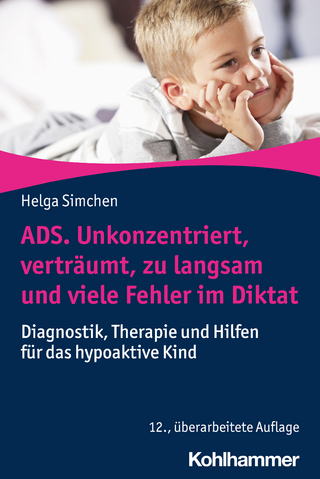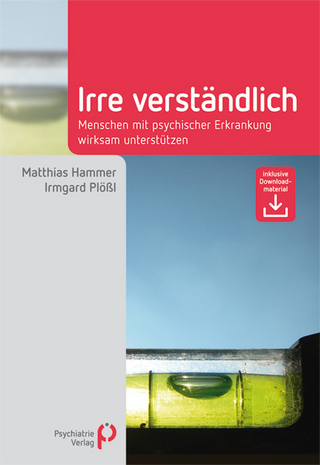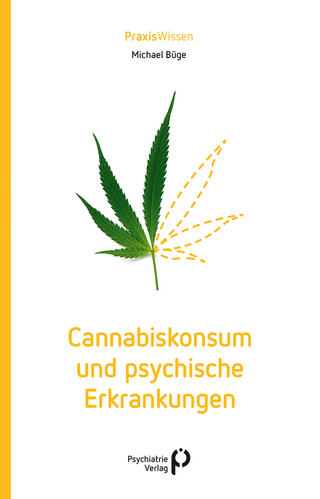
The Use and Misuse of Sleeping Pills
Kluwer Academic/Plenum Publishers (Verlag)
978-0-306-40370-5 (ISBN)
- Titel ist leider vergriffen;
keine Neuauflage - Artikel merken
1 Basic Concepts about Sleep and Insomnia.- History.- The Sleep Stages.- Waking.- NonREM Sleep.- Stage 1.- Stage 2.- Stages 3 and 4.- REM Sleep.- Influences on the Appearance of Sleep Stages.- Physiologic Regulation of Sleep.- Passive versus Active Model.- The Neurotransmitters.- Circulating Humors.- Hypnotics and Sleep Regulation.- Sleep Deprivation.- The Need for Sleep.- Insomnia.- Summary and Conclusions.- 2 The Prevalence of Sleep Disturbance and Hypnotic Use.- Surveys of Reported Sleep Disturbance.- Types of Sleep Complaints.- Surveys of Hypnotic Use.- Patient-Physician Interaction.- Prescriptions for Outpatients.- Prescribing Hypnotics in Hospital Practice.- Summary and Conclusions.- 3 Pharmacology of Prescription Hypnotics.- Pharmacologic Considerations.- Barbiturates.- History.- Actions.- Structure and Classification.- Alterations in Metabolism and Excretion: Illness, Old Age, Enzyme Induction.- Chronic Administration.- Benzodiazepines.- History.- Flurazepam.- Nitrazepam.- Temazepam.- Other Properties of Benzodiazepines.- Nonbarbiturate, Nonbenzodiazepine Hypnotics.- Chloral Hydrate and Derivatives.- Methaqualone.- Piperidinedione Derivatives.- Glutethimide.- Methyprylonz.- Ethchlorvynol.- Ethinamate.- Summary and Conclusions.- 4 The Efficacy of Hypnotics.- Methodologic Considerations.- Possible Measures of Efficacy.- Subject Selection.- Other Methodological Issues.- Efficacy Studies in Specific Disorders.- Reference Section: Efficacy Studies in Normal Volunteers and "Insomniacs".- Barbiturates.- Benzodiazepines.- Flurazepam.- Nitrazepam.- Temazepam.- Nonbarbiturate, Nonbenzodiazepine Hypnotics.- Chloral Hydrate.- Methaqualone.- Glutethimide.- Methyprylon.- Ethchlorvynol.- Summary and Conclusions.- 5 Suicide and Hypnotics.- Incidence.- Traits of the Victim.- Clinical Toxicity.- Barbiturates.- Benzodiazepines.- Nonbarbiturate, Nonbenzodiazepine Hypnotics.- ChloralHydrate.- Methaqualone.- Glutethimide.- Ethchlorvynol.- Treatment.- Prevention.- Summary and Conclusions.- 6 Residual Daytime Effects of Hypnotics.- Electrophysiologic Residual Effects.- Psychomotor Measures of Residual Effects.- Subjective Evaluation of Daytime Performance.- Hypnotics and Driving.- Summary and Conclusions.- 7 Interactions with Ethanol.- General Considerations.- Barbiturates.- Benzodiazepines.- Nonbarbiturate, Nonbenzodiazepine Hypnotics.- Chloral Hydrate.- Methaqualone.- Glutethimide.- Summary and Conclusions.- 8 Hypnotic Dependence.- Classical Drug Abuse.- Dependence in Medical Practice.- Dependence on Extremely Large Doses.- Prolonged Use of Recommended Doses.- Incidence and Contributing Factors.- Drug Qualities Related to Prolonged Use.- Summary and Conclusions.- 9 Hypnotics and the Elderly.- Pharmacology in the Elderly.- Efficacy Studies.- Toxicity.- Summary and Conclusions.- 10 Other Pharmacologic Approaches.- Over-the-Counter Hypnotics.- Compounds Used in OTC Hypnotics.- Methapyrilene.- Scopolamine.- Bromides.- Efficacy.- Federal Regulation.- l-Tryptophan.- Ethanol.- Summary and Conclusions.- 11 Nonpharmacologic Treatment of Insomnia.- Counseling and Psychotherapy.- Behavioral Therapies.- General Considerations.- Relaxation Procedures.- Conditioning-Derived Therapies.- Attributional Therapy.- Behavioral Self-Management.- Summary and Conclusions.- 12 Conclusion: Implications for Medical Practice.- Summary.- Approach to the Insomniac Patient.- Evaluation.- The Decision Whether to Give Hypnotics.- Acute or Intermittent Insomnia.- Chronic Insomnia.- When Hypnotics Are Prescribed.- References.
| Erscheint lt. Verlag | 1.3.1980 |
|---|---|
| Zusatzinfo | biography |
| Sprache | englisch |
| Themenwelt | Medizin / Pharmazie ► Medizinische Fachgebiete ► Psychiatrie / Psychotherapie |
| Medizin / Pharmazie ► Medizinische Fachgebiete ► Schmerztherapie | |
| ISBN-10 | 0-306-40370-6 / 0306403706 |
| ISBN-13 | 978-0-306-40370-5 / 9780306403705 |
| Zustand | Neuware |
| Informationen gemäß Produktsicherheitsverordnung (GPSR) | |
| Haben Sie eine Frage zum Produkt? |
aus dem Bereich


